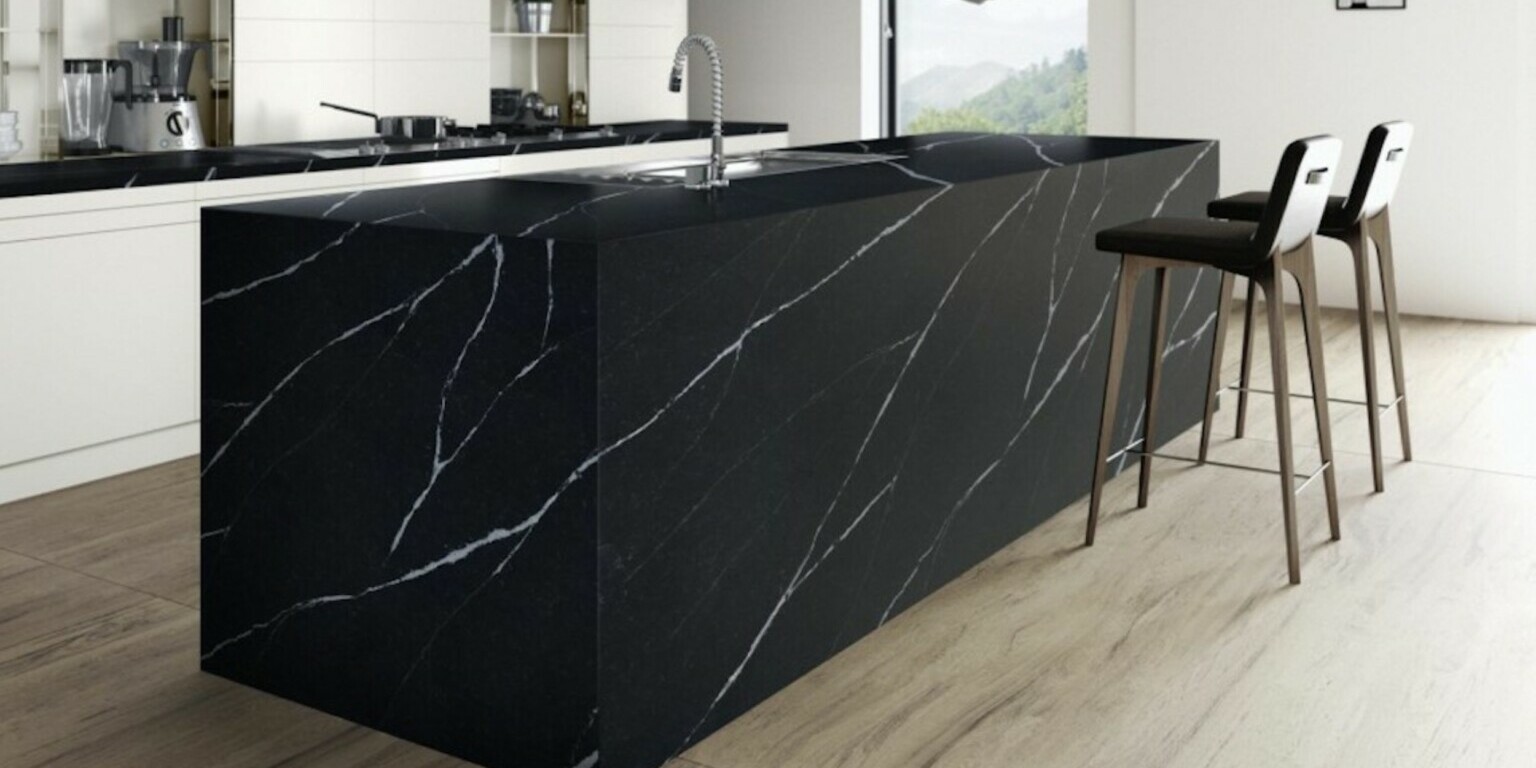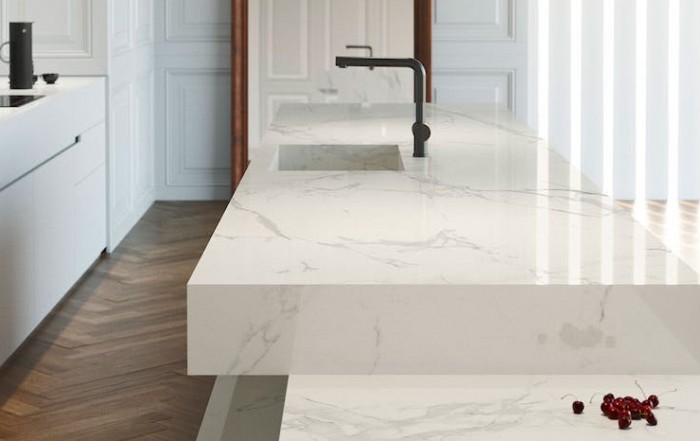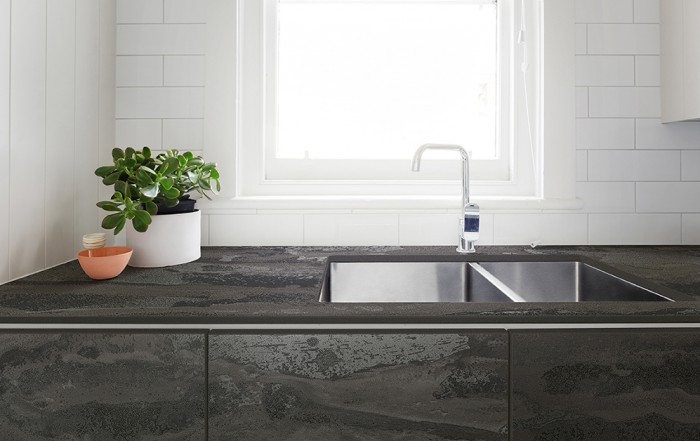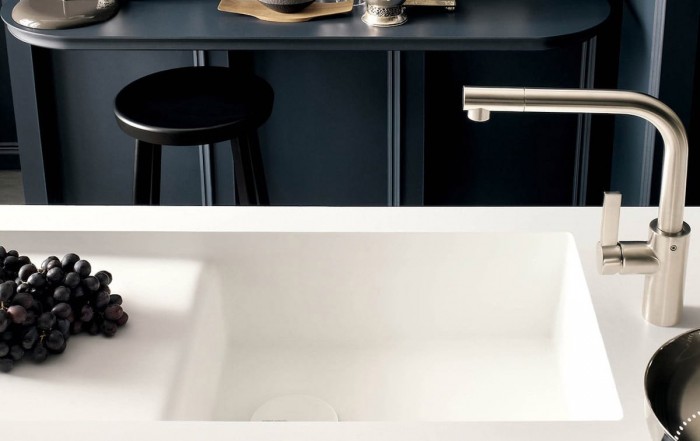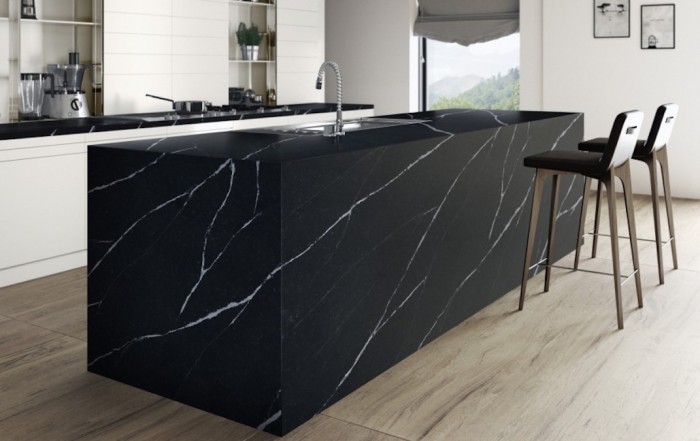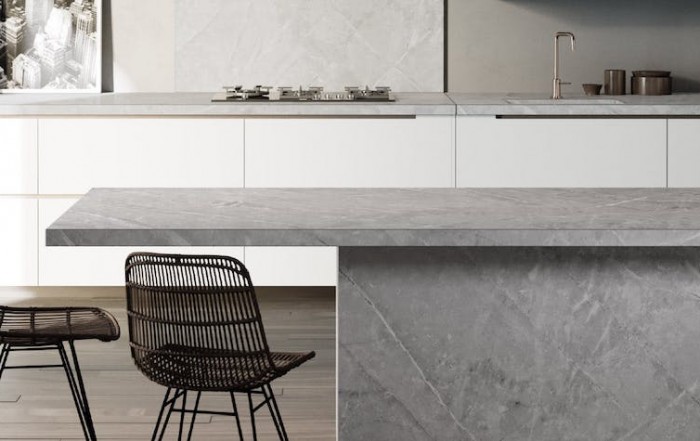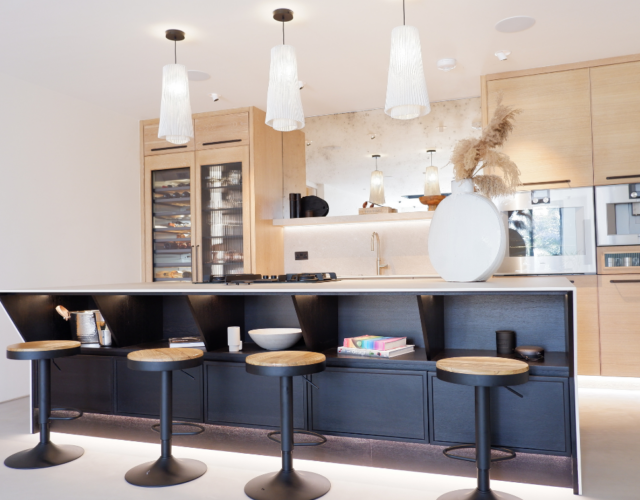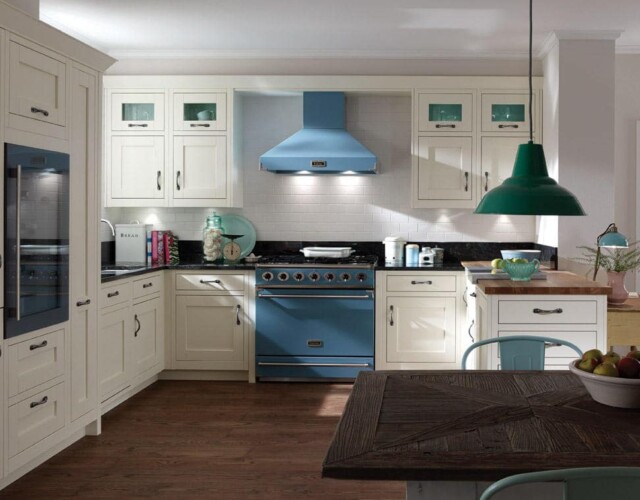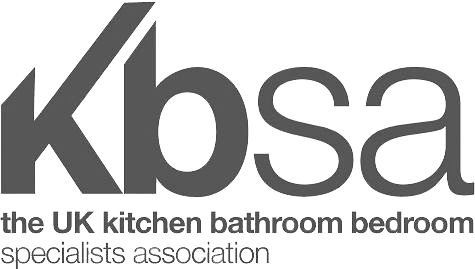Caring For Your Kitchen – Work Surfaces
Follow our guide to caring for your work surfaces and your kitchen will continue to look its best for years to come.
Please always use caution when cleaning your work surfaces. Test a small patch out of sight first before applying to the whole work surface. Refer to individual manufacturer instructions in the first instance as these may differ from the advice given below.
LAMINATE WORK SURFACES
For general cleaning use a moist cloth. Cooking fat, finger marks, rust, juice, tea, coffee may be wiped away with diluted washing up liquid. If necessary, leave for a while to allow the cleaner to soak the stain. Old stains may require washing powder or bleach, but take care and do not repeat too often.
Methylated spirits or acetone (nail varnish remover) will shift more stubborn marks left by felt tip pens, wax, nicotine, and make up. Glues and paints require either water or white spirit depending on their formulation.
Do not cut or chop directly on the surface, or use scouring powder. Do not place hot pans or dishes directly onto the work surface, as it will only resist heat to a maximum of 180 degrees centigrade. Do not place kettles, coffee machines or any other heat or damp source over worktop joints. Constant changes in temperature cause the joint to move and eventually fail. Any spillages on worktop joins must be wiped up immediately.
GRANITE WORK SURFACES
Regularly clean your granite work surfaces with a damp cloth, drying off to avoid smears and dull patches appearing where hard water and soap residues may have been left behind during daily use. A bees wax furniture polish or specialist granite cleaner can be used to maintain the shine. Hard water limescale deposits can be scraped off with a razor blade.
Although the granite has a sealer applied during fabrication it is still a porous material and therefore care must be taken with acidic products such as wine, fruits, perfume and oils such as olive oil, vegetable and cooking oils, as these may stain if allowed to soak into your worktop. Should there be a spillage wipe off as soon as possible.
Do not use limescale remover, abrasives or strong detergent cleaners. Cutting food on your worktops should not scratch the granite but will blunt your knives quickly! To be safe use a wooden chopping board. Hot saucepans and dishes can be placed on your granite surfaces without fear of damage.
CORIAN WORK SURFACES
On installation a Corian worktop will have an overall satin sheen finish. As you use it Corian acquires a smoother, more silken lustre and appearance.
To begin with, and so that this lustre does not develop unevenly, use a gentle abrasive powder bleach (e.g. Bar Keepers Friend) twice a month over the first few months. Clean the entire top with the product and a wet cloth using a circular motion. Rinse/wipe with a damp cloth and dry with paper towel or a soft cloth to finish.
For everyday cleaning, although liquids cannot penetrate Corian, it is best to wipe up spills as they occur. Use an ammonia-based hard-surface cleaner such as CIF. Clean the sink or worktop with a damp cloth and detergent, wiping it well and rinsing it to get rid of any oils and fats and leave a few minutes before rinsing clean with a damp cloth and finishing with a dry cloth. If any stains need more attention, sprinkle a gentle abrasive powder bleach on the damp surface and leave for a few minutes before using a sponge or soft cloth to rub with a circular motion, then rinse and dry.
Do not use acetone, oven cleaners, solvent, caustic soda or thinners on the Corian. Never place hot pans or dishes or pour boiling water on the Corian.
Once or twice a week, give your sink a beauty treatment. Remove all the fat and oil residues of normal food preparation from the sink, using detergent or hard–surface cleaner. Partially fill the sink with warm (not boiling) water. Add 1-2 teaspoons of liquid household bleach, and leave a few hours or overnight. You do not need a strong solution. In the morning, the sink should be beautifully clean, with very little effort.
For more obstinate offenders, which includes metal marks from pots and pans (in particular aluminium and cast iron can show on Corian sinks); food preparation stains or discolouration (from wine, tea, coffee, vegetable oils, food residues etc can build up on Corian sinks, just as on stainless steel) and hard water which leaves visible watermarks on Corian (which is why it should be wiped dry with a soft cloth or paper towel after use).
Firstly, try the easy methods, and then progress to the gentle abrasive powder bleach, or mild cream abrasive you used to develop the sheen. Avoid abrasive plastic scouring pads in normal cleaning. Only with a very persistent stain, such as lily pollen, saffron or with a severe scratch should you need to resort to a harsh abrasive powder, or an abrasive plastic scouring pad (e.g. Scotch-Brite).
Should you have to use abrasive cleaners or pads, always restore the overall lustre afterwards, using the method described above.
QUARTZ COMPOSITE STONE WORK SURFACES
For everyday cleaning use warm water and diluted washing up liquid. For more stubborn stains rub with CIF and a soft scouring sponge. For lime scale stains, glass marks, etc pour chloridic acid 20” solution (Viakal) on to the worktop surface and let it act for 1 minute, rinse off with plenty of water and dry. Always follow the manufacturer’s usage recommendations. Avoid getting onto sinks or taps as this may damage the surface.
Do not place any hot utensils, saucepans etc directly onto the worktops please use a trivet or mat. Hot items may cause thermal shock and damage the worktop.
Do not use bleach, ammonia, sealants, paint strippers, caustic soda, chlorine, oven cleaners, dishwasher powder, metal scouring pads, drain unblocker, acetone or products with a ph higher than 10. Do not cut directly onto the work surface with a knife.
TIMBER WORK SURFACES
Clean the worktop with a sparing amount of warm water, a drop of washing up liquid and a well-rung cloth.
Always mop up spills of water and other liquids straight away. Do not allow liquids to stand on the surface for any period of time (the finish is water resistant not waterproof).
Use pan stands and trivets to protect the timber from rough, hot, wet or dirty pots and pans. Direct contact from iron, steel or copper vessels can also stain the surface.
Always use a chopping board during the preparation of foods. Do not cut directly onto the worktop surface.
It is important that timber surfaces are re-oiled at regular intervals. The time span between oiling is dependant on the degree of use and wear they receive but generally you will need to oil the surface once a week after installation for the first month and then once a month thereafter.
RE-OILING TIMBER WORK SURFACES
The oil is formulated to be safe for the preparation of food, to enhance the wood colour and grain pattern. It will provide a durable, protective surface over the natural timber structure, whilst being easy to look after and restore when the surface becomes worn.
When the top is newly oiled and the surface is in good condition, it will have a sheen on it. Splashes of water will form into properly defined droplets that stand up clearly.
After a period of use the surface will become worn, the sheen will diminish and the surface becomes dull. Water will not form into droplets as readily but tend to spread out and wet the surfaces. This is a clear sign that the worktop needs re-oiling, it is better to re-oil before the surface quite reaches this condition. The time taken for wear to occur depends on the amount of use the surfaces have had, in any one kitchen there will be high wear and low wear zones, the former will need more attention than the latter.
The entire work surface should be re-oiled regularly, at the very least every 3 months. The best time to re-oil is at the end of the day when the freshly oiled surface can be left overnight without disturbance. Tops must be clean and dry. Oil using Danish oil only.
Apply the oil liberally at first with a lint free cloth folded into a pad, applying so that it stands and can soak in. Pay particular attention to and work the oil well into areas which will have had repeated wettings in use, e.g. edges and ends around sink cut outs, into drainer grooves, the water stop and the area around the taps.
After 5 minutes, wipe off the surface oil with a clean cloth and leave it to soak in and dry naturally, overnight (If your wood species is Wenge you will need to keep wiping it for up to an hour or until any oil spots disappear). Polish with a soft cloth once dry. Several thin coatings applied in this way are far better than one liberal application. Parched areas may need successive oiling like this to restore the surface finish and sheen.
RE-SMOOTHING TIMBER WORK SURFACES
From time to time the surface may become roughened as successive coats of oil build up on a low use area. If the surface develops any roughness it can be smoothed using a fine nylon abrasive pad and a little worktop oil. Work lightly in the direction of the worktop grain until the surface is smooth. Wipe clean with a dry cloth and apply a fresh coat of oil.

